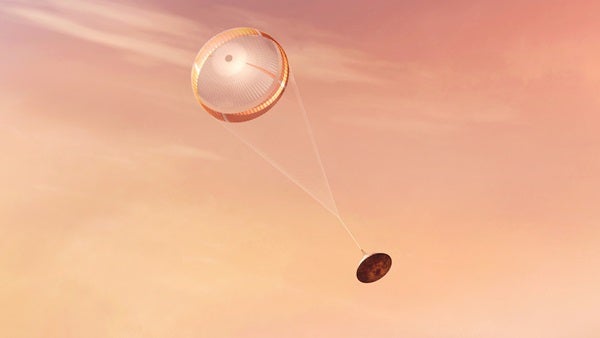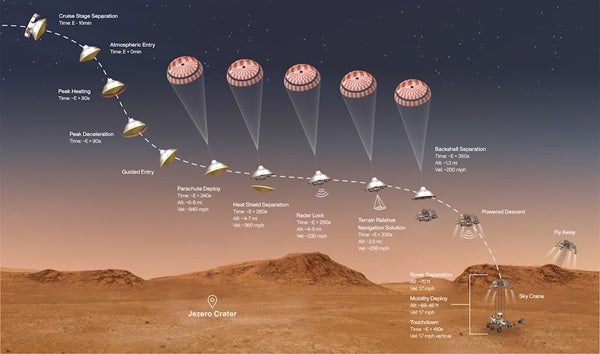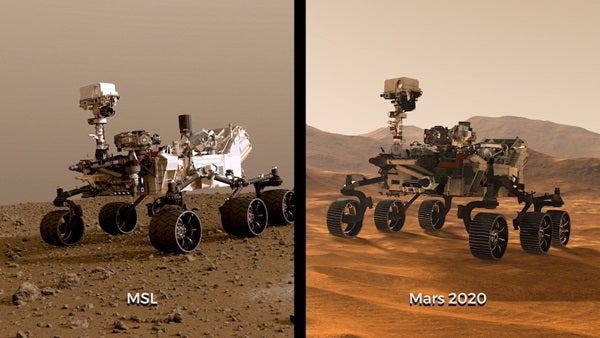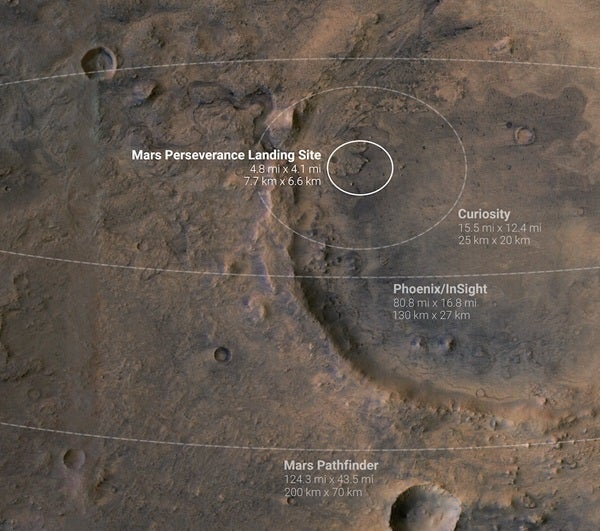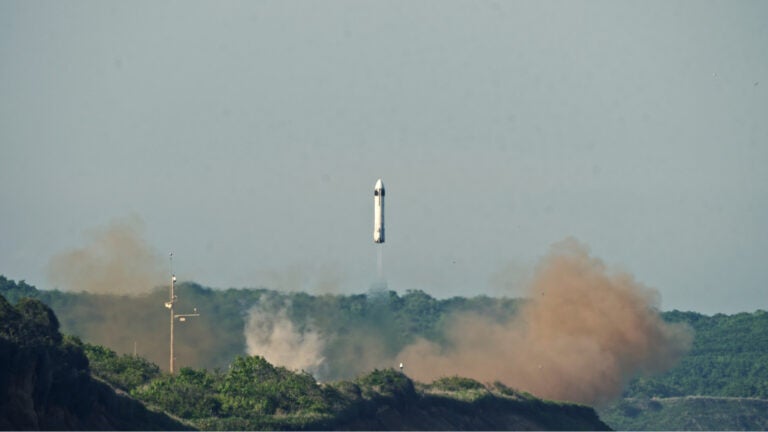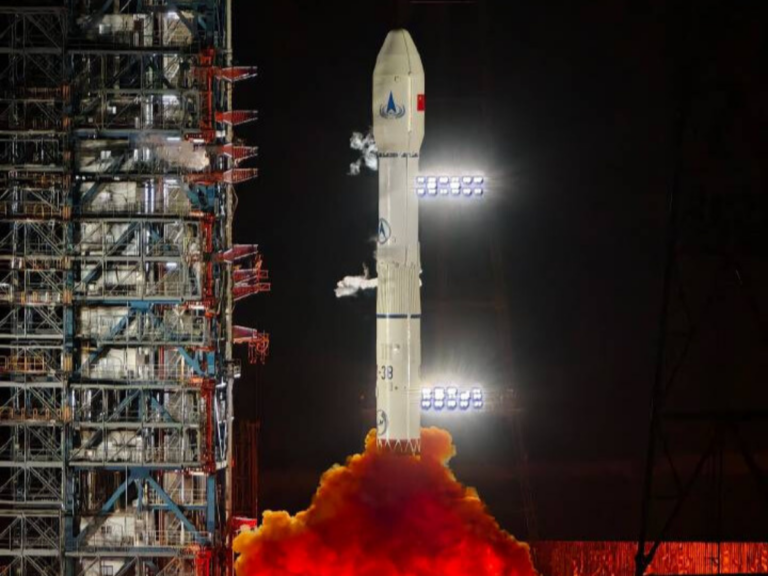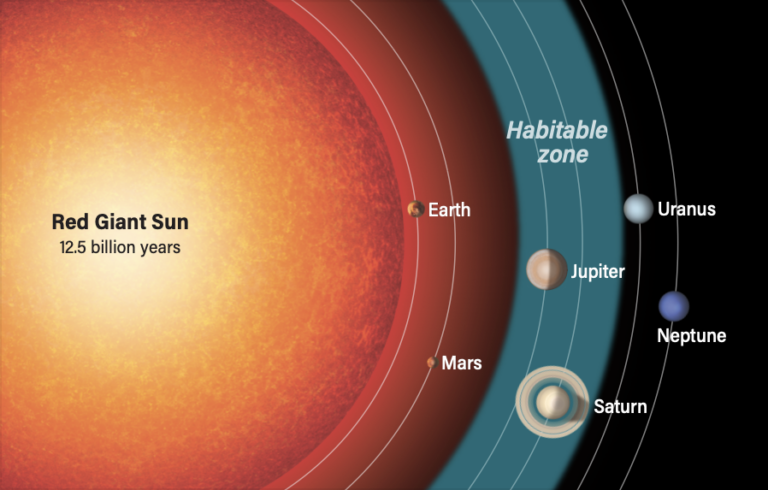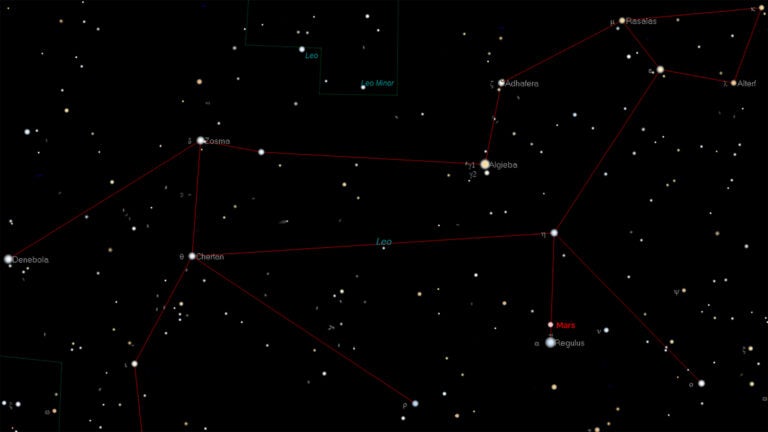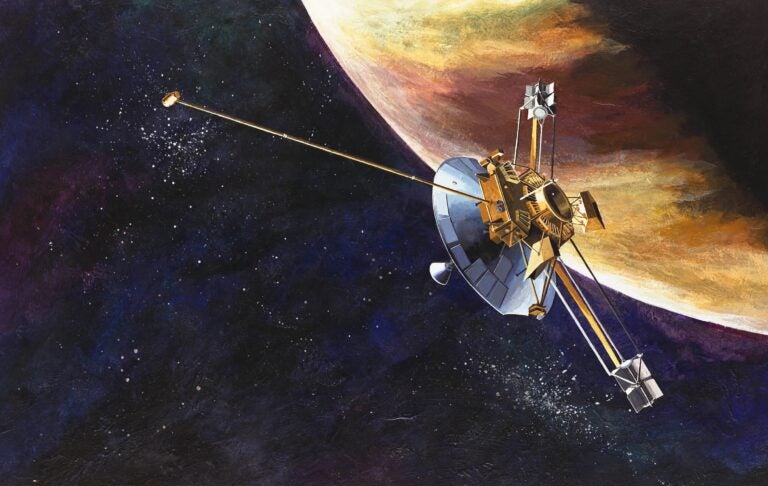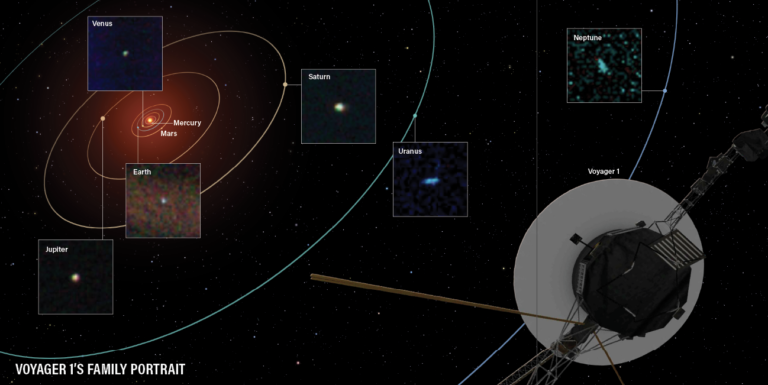Following its initial entry, Perseverance will streak across the sky like a meteor, guiding itself toward Jezero Crater with its thrusters. And after Mars’ thin atmosphere slightly slows down the craft, Perseverance will deploy its supersonic parachute while still traveling at around twice the speed of sound. (You can watch live coverage of Perseverance’s entry, descent, and landing directly below, courtesy of NASA TV.)
At this point, Perseverance will start scanning the terrain below to determine exactly where it is above Mars. After it jettisons its parachute, the craft will still be traveling at more than 160 mph (250 km/h), or about the same speed as a skydiver free-falling toward Earth.
At a little more than 1 mile (1.6 km) above Mars’ surface, Perseverance’s jetpack-like landing device will fire its multiple engines, slowing the massive rover’s descent to just 1.5 mph (2.4 km/h) so the craft can seek out and approach a safe landing spot.
Once above a suitable location, Perseverance will be gently placed on the surface with the help of an impressive skycrane maneuver, where the hovering descent vehicle will unspool 20-foot-long (6 m) cables connected to the rover and lower it to the ground.
Challenges abound
“I don’t think I’m exaggerating when I say that entry-descent-landing is one of the most critical and dangerous parts of the mission,” said Allen Chen, who leads the landing part of Perseverance’s mission, at a NASA press briefing. “Success is never assured, and that’s especially true when we’re trying to land the biggest, heaviest, and most complicated rover we’ve ever built.”
Perseverance is 2,260 pounds (1,025 kilograms), whereas NASA’s Curiosity Rover, which landed on the Red Planet in 2012, is 1,982 pounds (899 kg). Perseverance is also about 4.72 inches (12 cm) longer than Curiosity.
When choosing a landing site for previous missions, the surrounding martian terrain usually had to meet certain requirements, including being far enough from the poles to avoid extreme cold and being clear of dangerous obstacles such as boulders and slopes. But Jezero Crater, determined to be one of the most intriguing sites due to its ancient river delta, also has hills rising 2,000 feet (610 m) above the crater floor.
So, to plan a successful landing for Perseverance, NASA engineers had to create more intelligent software that could help autonomously guide the rover to a safe landing within the hazard-strewn landscape of Jezero.
Technological advances
Perseverance’s landing will depend on its autonomous, on-the-fly decisions — rather than direct commands from ground control — partly because Mars is so darn far away. In fact, it will take radio signals (or any light, for that matter) about 11 minutes to travel from Mars to Earth at the planets’ current distance from one another. That’s simply too long of a communications delay (more than 20 minutes round-trip) for NASA scientists to micromanage Perseverance’s landing sequence in real time.
So, Perseverance will need to determine when to deploy its own parachute. And it will do that by using a technique known as range trigger, which allows the craft to scan the terrain below and calculate when the best time to release its parachute is based on its intended target.
“While that will be the end of [the entry-descent-landing team’s] journey with Perseverance,” Chen said, “that’s really just the beginning of the adventure on the surface.”

